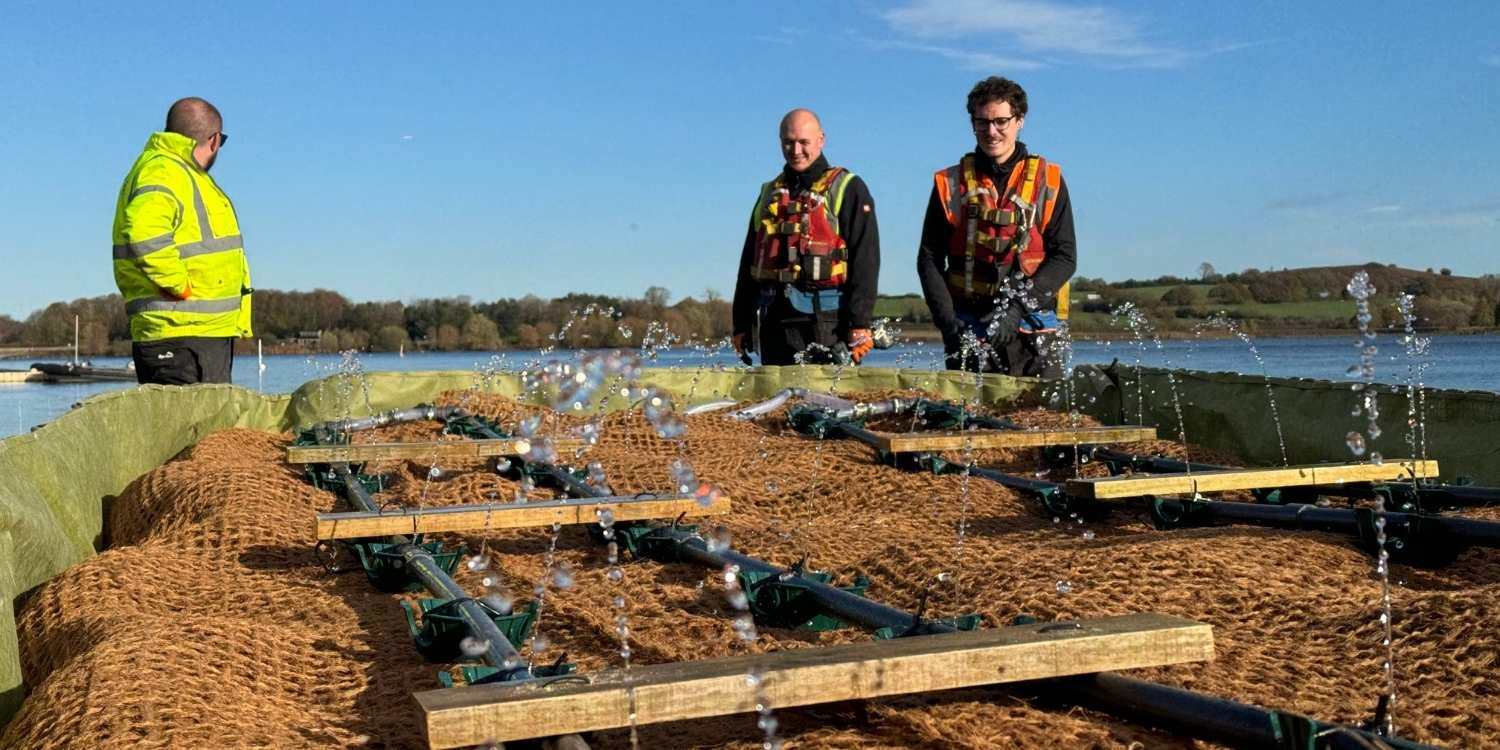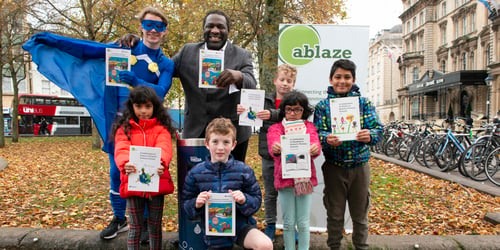
We’re creating tiny floating islands to help improve the water quality and look after wildlife at our reservoir.
Algal bloom can harm wildlife and makes it harder for us to treat drinking water. The problem is caused by too many nutrients washing into the lakes where we store water. At Chew Valley Lake, we’re using an innovative approach with floating platforms that improve water quality naturally while also creating a wildlife habitat.
Why does the lake need floating wetlands?
Chew Valley Lake is a beautiful spot and an important home for birds and other wildlife. However, it faces a problem with pollution. Rain can wash fertilisers and other nutrients from nearby farms and towns into the lake. These nutrients, especially something called phosphorus, can cause too much algae to grow. This isn’t just bad for the lake’s wildlife and your 4-legged friends - it also makes it harder for us to treat the water so people can drink it.
To tackle this, we already work with local farmers to reduce the nutrients entering the lake. But we need more solutions, which is why we’re testing floating wetlands.
What are floating wetlands, and how do they help?
Floating wetlands are like little floating gardens. Plants grow on top of a raft, and their roots hang down into the water. These roots absorb nutrients like phosphorus from the water, cleaning it naturally.
In March 2024, we set up our first floating wetland at a part of the lake called Herriotts Mill Pool. It’s a small raft, 4m x 7m, about the size of two parking spaces, planted with native wetland plants. These plants will grow and help soak up the nutrients over time.
To protect the young plants, we’ve added a bird guard around the wetland. We’ve also built a separate nesting platform for larger birds, so they still have a place to rest and nest.
A bigger and smarter wetland
After seeing how the first wetland worked, we installed a second one in November 2024 at another part of the lake called Villice Bay. This wetland is bigger and includes some clever technology.
It has a solar-powered pump that moves water through special bags filled with a material that traps phosphorus. Once these bags are full, they can be replaced and reused in farming to help grow crops.
By combining plants and technology, this new wetland can clean the water even more effectively.

Photo Credit: Biomatrix
Islands of life
Floating wetlands do more than just clean the water. They create safe spaces for fish, birds, and other wildlife to live. These wetlands are like little islands of life, helping the lake become healthier and more vibrant.
What’s next?
We’re keeping a close eye on both wetlands, testing how much phosphorus they remove and how they benefit wildlife. If they work well, we might add more to Chew Valley Lake and even other places.
We’re excited about this project because it shows how we can work with nature to solve problems and protect our environment.
Stay tuned for updates as we continue to monitor the progress of these pioneering projects and in the meantime, why not visit Chew Valley Lake and take a look for yourself. Just remember not to get too close to the water’s edge and stay safe.





